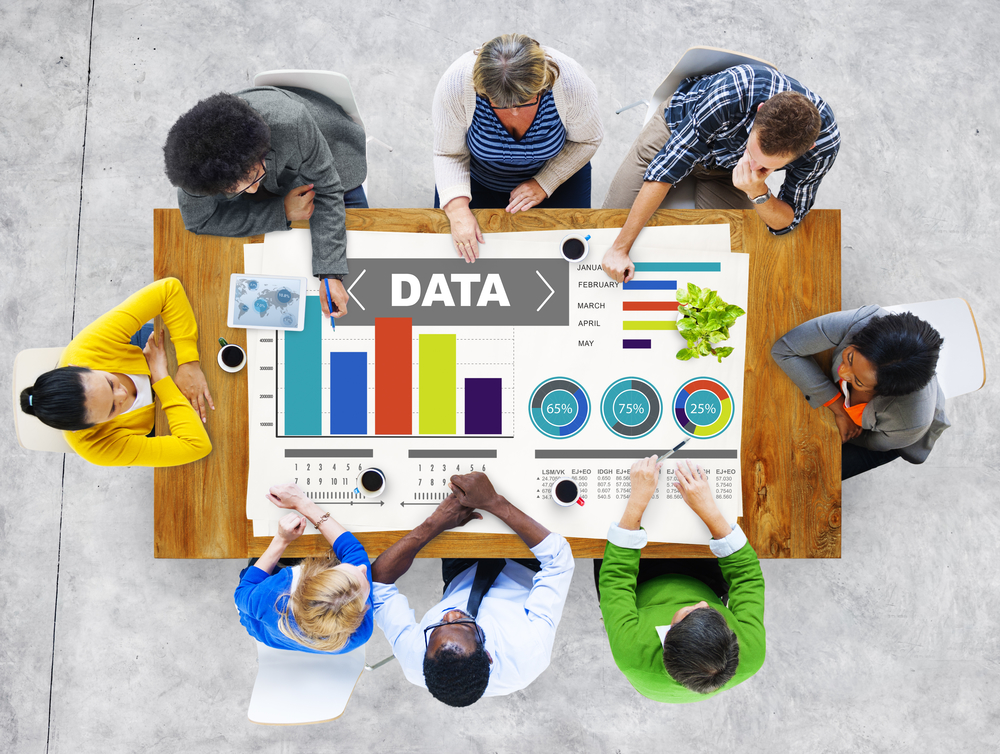How can you define a good data analysis strategy?
A few years ago, many managers would have had to ask what a “data analysis strategy” was. Today, they know what it is: it is the implementation of processes, methods, and tools that help organisations to obtain the full value from the data they generate on a daily basis.

We are living in the information era. The classic data from corporate management systems (ERP, CRM, BPM, etc.) are now joined by data from other connected devices (what we call the IoT, the Internet of Things). All this volume of information has to be managed and processed accurately. To this end, each company must implement two dependable strategies: a data analysis strategy adapted to its features and a suitable Business Intelligence solution.
The pillars of a data analysis strategy
Before commenting on the bases of a data analysis strategy, businesses should meet a few essential requirements:
- They must be aware of the huge value of the information generated by their activities
- Their technological infrastructure should be 100% integrated to facilitate the flow of information in all directions
If they meet both of these requirements, defining a data analysis strategy will be much easier. If they do not meet these requirements, the path will be long and the business will have to make important decisions to correct the deficiencies detected.
Let’s assume the organisation meets the conditions listed above to start defining its own data analysis strategy. This process consists of the following steps:
- Putting together a specialised team. The data must be processed by a group of experts that focus on analysing the information from multiple perspectives: a Business Intelligence supervisor, a DBA or database administrator, a Systems supervisor, and even data analysts. Some organisations appoint a manager to head this team that is known as a CDO (Chief Data Officer).
- Collecting data. In this phase, the business must ensure that all the elements of its integrated IT environment generate data and that these data are stored in a specific repository. This huge volume of information is what is known as Big Data, a true diamond (although still uncut).
- Selecting the data and defining the indicators. All the information that comprises Big Data is useful for analysis. At this point, businesses must implement mechanisms to indicate which data are really valid for analysis. Once the volume of data has been reduced, this information is now known as Small Data. Based on this data, the teams can now start to define the indicators, metrics, and KPIs (key performance indicators), as well as the target values. We are starting to cut the diamond.
- Using data analysis tools. Once we have filtered the information and the indicators have been defined, it is time for a key part of the data analysis strategy to come into play: Business Intelligence tools (for example, Tableau). These solutions offer highly visual dashboards that reflect the previously defined indicators and KPIs. In addition, they can analyse data from various perspectives and detect trends; they can even simulate business scenarios based on the expected evolution. Data has become valuable information: the diamond has been completely cut.
- Making decisions based on valuable information. Valuable information reaches the management and other agents with decision-making powers within the organisation. A good data analysis strategy should ensure that every user sees the information that is relevant for them based on their field of business and position.
Would you like to make the most of the information your business generates? Intelligence Partner has accumulated knowledge and experience helping businesses to polish their information diamonds. How? By defining data analysis strategies tailored to each one of them and also offering Business Intelligence solutions, such as Tableau.
Take the first step! Tell us about your case and we shall find the best solution to your needs together.


